- Description
-
Details
India's educational landscape is undergoing a significant transformation with the integration of smart classroom solutions. Traditional teaching methods are evolving to meet the demands of the digital age, and smart classrooms are at the forefront of this revolution. In this article, we will explore the concept of smart classroom solutions for Indian schools, examining their benefits, challenges, and the potential they hold for enhancing the quality of education.
Understanding Smart Classroom Solutions
Smart classroom solutions encompass a range of technological tools and resources designed to enhance the teaching and learning experience in schools. These solutions are built on the integration of modern technology into traditional classrooms, creating an interactive and immersive learning environment.
Key components of smart classroom solutions include:
Interactive Whiteboards: Interactive whiteboards serve as the central hub of a smart classroom. They are touch-sensitive screens that allow teachers to display content, write, and interact with digital resources. This technology replaces traditional blackboards and enhances the visual learning experience.
Digital Content: Smart classrooms rely on digital content, including e-textbooks, multimedia presentations, and educational software. This content is designed to engage students and facilitate interactive learning.
Audio-Visual Equipment: High-quality projectors, document cameras, and audio systems are integral to smart classrooms. These tools ensure that multimedia content is delivered effectively, and students can clearly hear and see the educational materials.
Student Devices: In some cases, students may have access to personal devices like tablets or laptops, enabling them to participate actively in lessons, access digital resources, and collaborate with their peers.
Teacher Training: Successful implementation of smart classroom solutions requires teacher training. Educators need to be proficient in using the technology to deliver engaging and effective lessons.
Benefits of Smart Classroom Solutions in Indian Schools
The adoption of smart classroom solutions in Indian schools offers numerous advantages:
Enhanced Learning Experience: Smart classrooms create an engaging and interactive atmosphere that fosters better comprehension and retention of information among students.
Improved Academic Performance: Studies have shown that students in smart classrooms tend to perform better academically, with increased participation and higher test scores.
Access to Quality Resources: Digital content opens up access to a vast repository of high-quality educational resources, reducing the dependence on outdated textbooks.
Teacher Empowerment: Smart classrooms empower teachers to use innovative teaching methods, customize lessons, and adapt to diverse learning styles.
Real-time Assessment: Smart classroom solutions often include assessment tools that enable teachers to gauge student understanding in real-time, allowing for immediate intervention and support.
Remote Learning Capabilities: In the face of challenges like the COVID-19 pandemic, smart classrooms enable seamless transition to remote learning, ensuring that education continues without interruption.
Challenges and Considerations
While smart classroom solutions hold immense promise, there are challenges and considerations to be addressed in the Indian context:
Infrastructure: Many schools, especially in rural areas, lack the necessary infrastructure, including reliable internet connectivity and access to electricity, to support smart classrooms.
Cost: The initial investment in smart classroom technology can be substantial, posing financial challenges for budget-constrained schools.
Digital Divide: Not all students have access to personal devices or the internet, which can create disparities in access to digital learning resources.
Teacher Training: Adequate teacher training is crucial for the successful implementation of smart classroom solutions. Schools must invest in training programs to ensure educators are comfortable with the technology.
Content Localization: Customizing digital content to suit regional languages and specific curriculum requirements can be a complex task that requires ongoing efforts.
Case Studies: Successful Implementation in Indian Schools
Several Indian schools have successfully implemented smart classroom solutions, showcasing their positive impact:
Delhi Public School, RK Puram: This prestigious school in Delhi adopted smart classrooms to enhance teaching and learning. Their results showed improved student performance and higher engagement levels.
Zilla Parishad Schools, Maharashtra: The Maharashtra state government initiated the "Smart Class Project" in Zilla Parishad schools, benefiting thousands of rural students. The project aimed to bridge the urban-rural educational divide.
Kendriya Vidyalaya Sangathan: Kendriya Vidyalayas across India have embraced smart classroom solutions, providing uniform access to technology-driven education for their students.
The Future of Smart Classroom Solutions in India
The future of smart classroom solutions in India is promising, with several key trends and developments:
Government Initiatives: The Indian government, under various education schemes, is promoting the adoption of smart classroom solutions in government schools, especially in rural areas.
Customization and Localization: As technology evolves, there will be a greater focus on customizing digital content to cater to regional languages and curriculum requirements.
Affordability: Technological advancements and increased competition in the market are expected to drive down the costs of smart classroom solutions, making them more accessible to a wider range of schools.
Hybrid Learning: The concept of blended or hybrid learning, combining traditional classroom instruction with digital resources, is likely to gain traction.
Innovation: Emerging technologies such as artificial intelligence and virtual reality may further revolutionize the smart classroom experience, creating more immersive and personalized learning environments.
Conclusion
Smart classroom solutions have the potential to revolutionize education in Indian schools by making learning more engaging, accessible, and effective. While challenges such as infrastructure and affordability persist, the positive impact of these solutions on student performance and engagement cannot be ignored. As the government, educational institutions, and technology providers continue to collaborate, the future of education in India holds great promise, driven by the integration of smart classroom solutions into the mainstream educational system. These innovations are not just a glimpse into the future; they are the future of education in India.
Smart Classroom Images
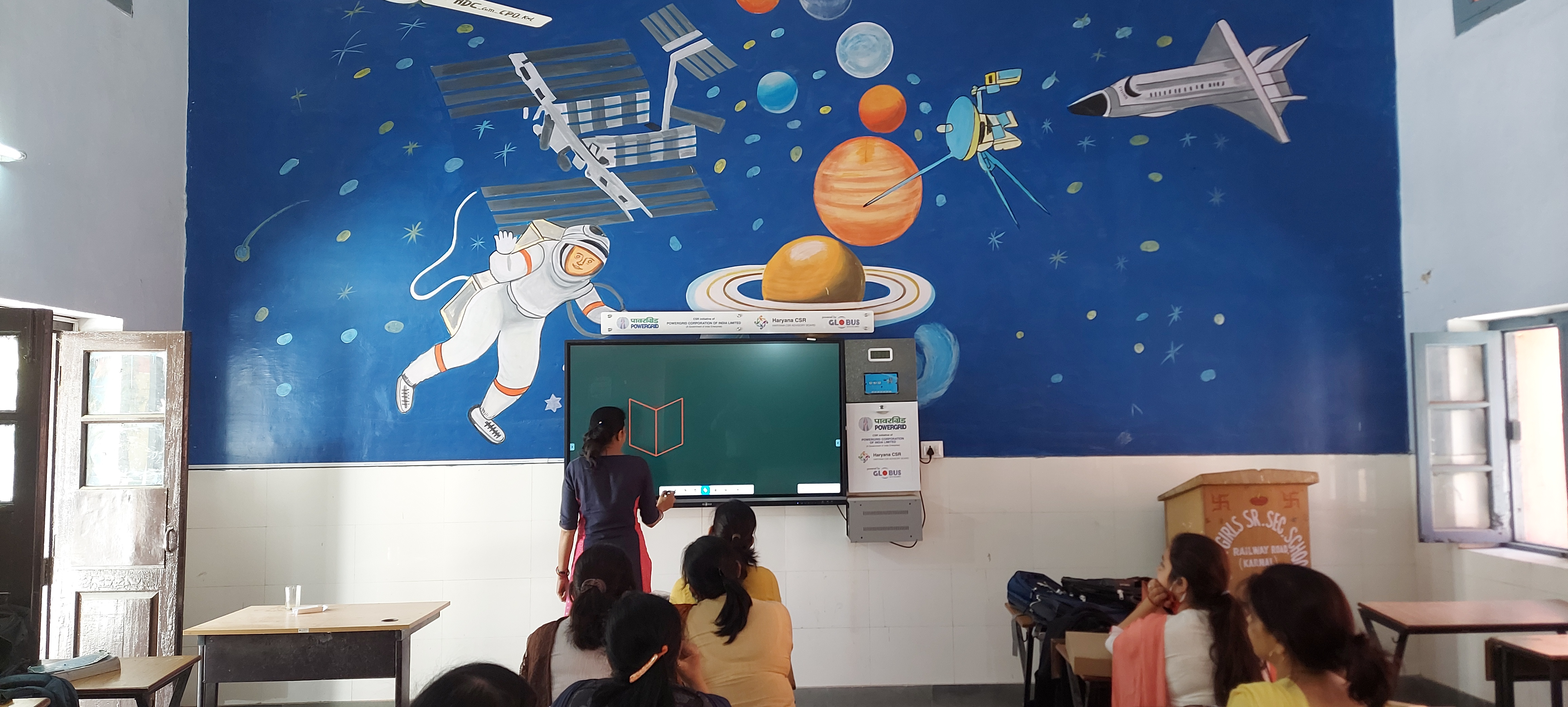
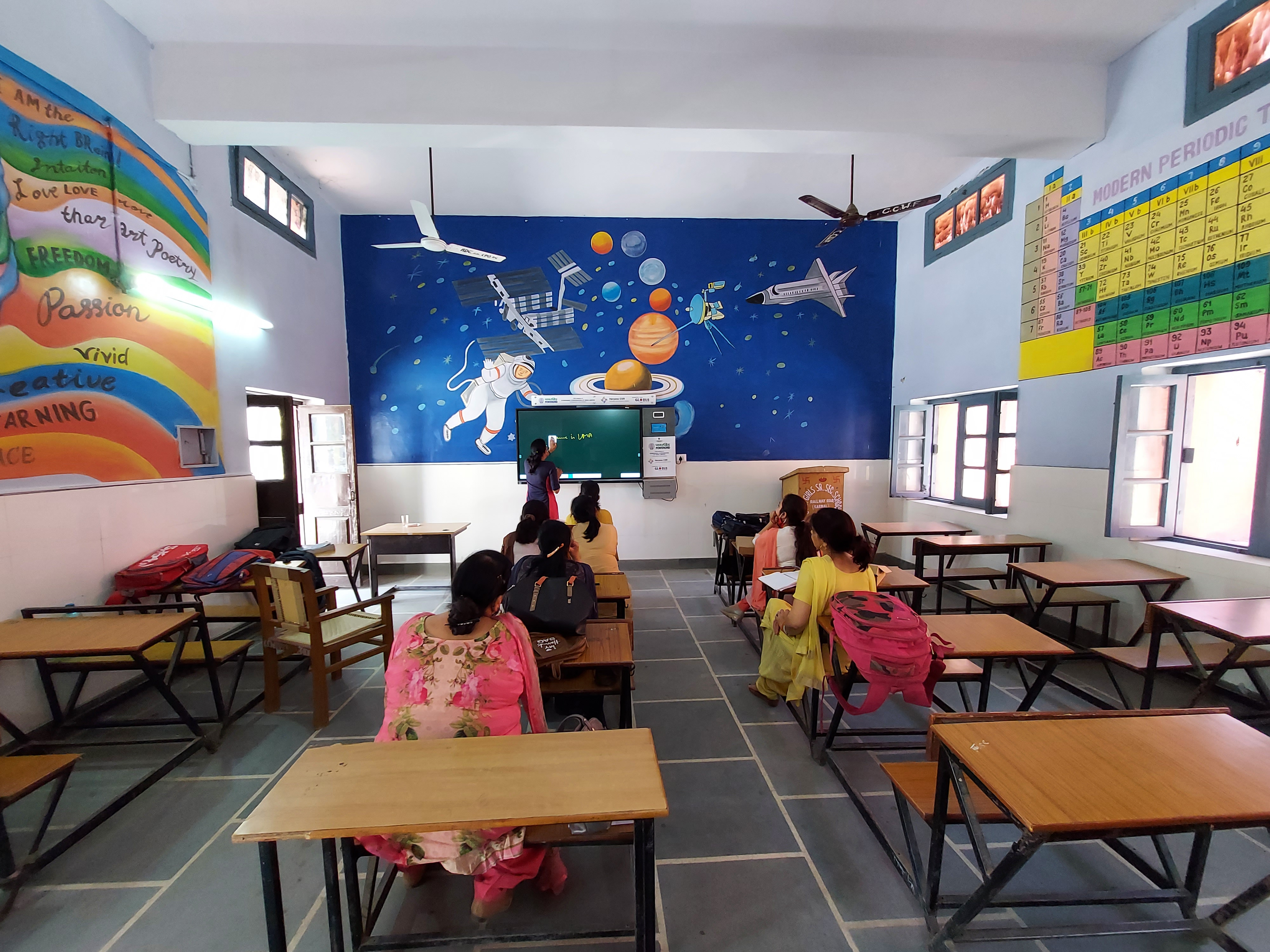
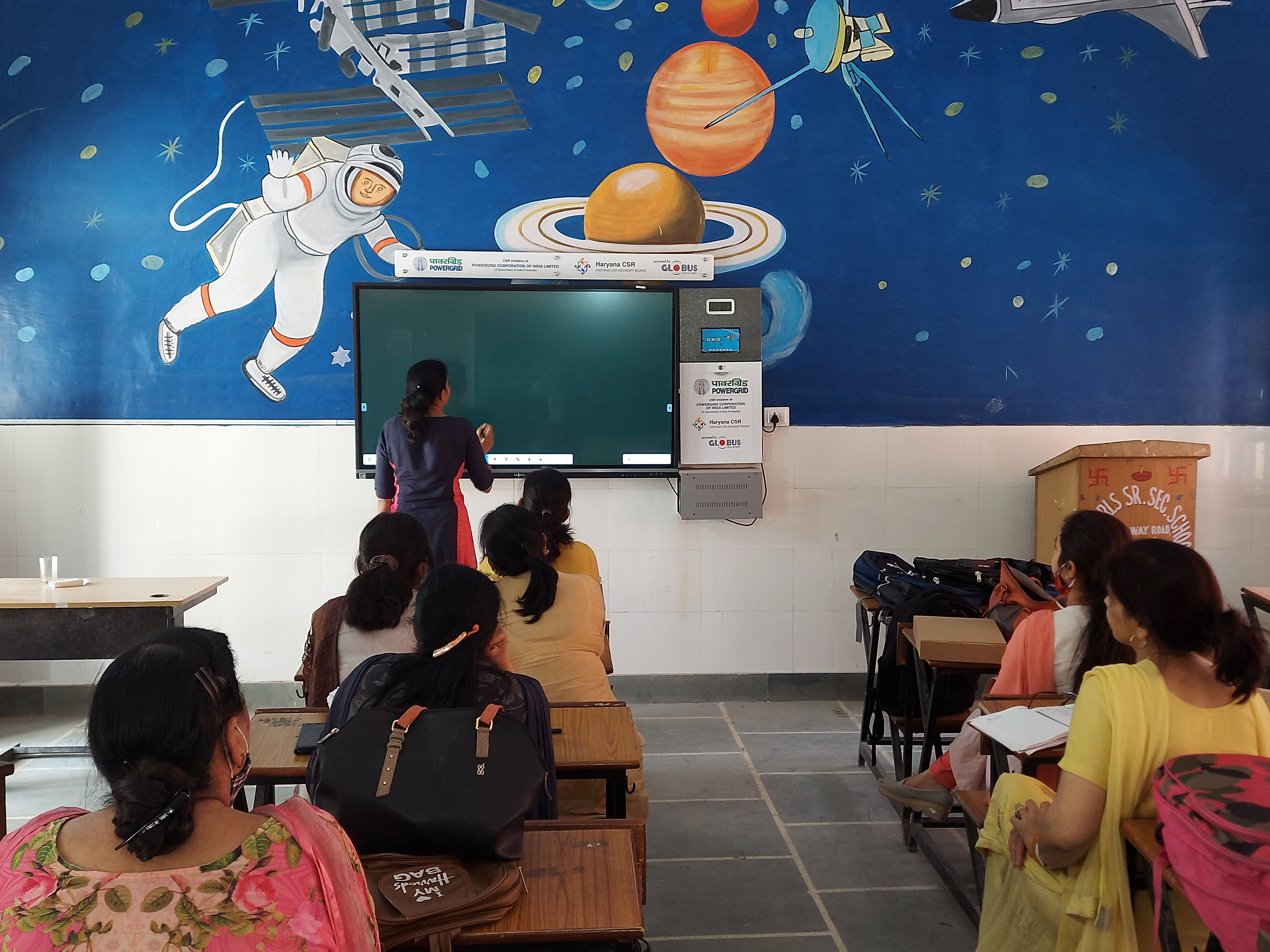
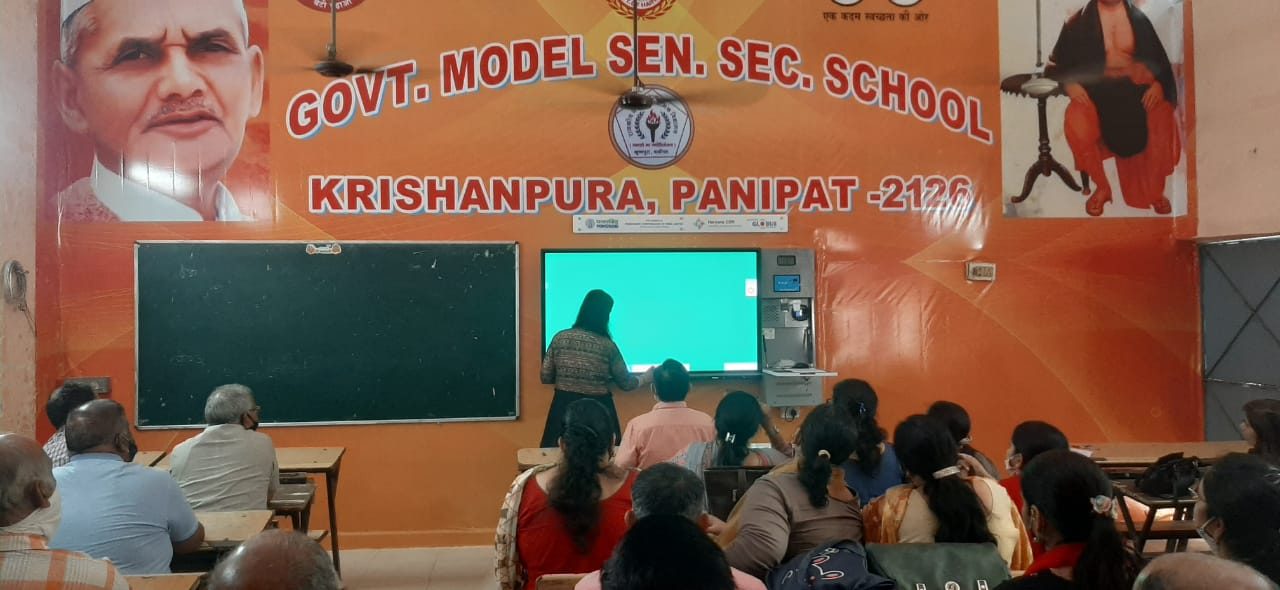
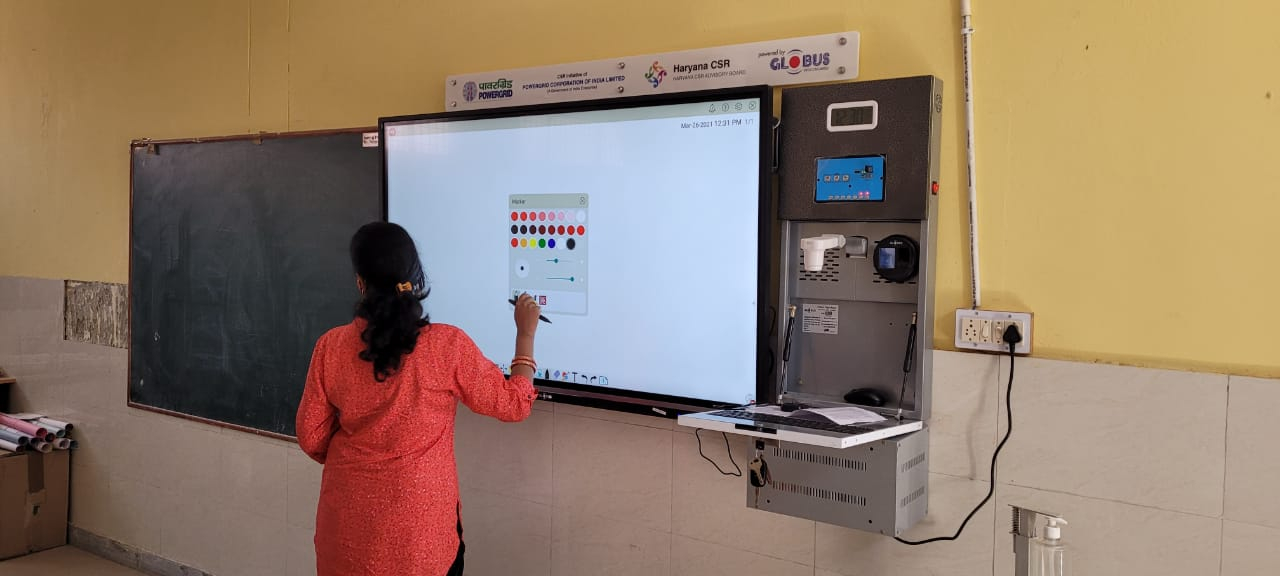
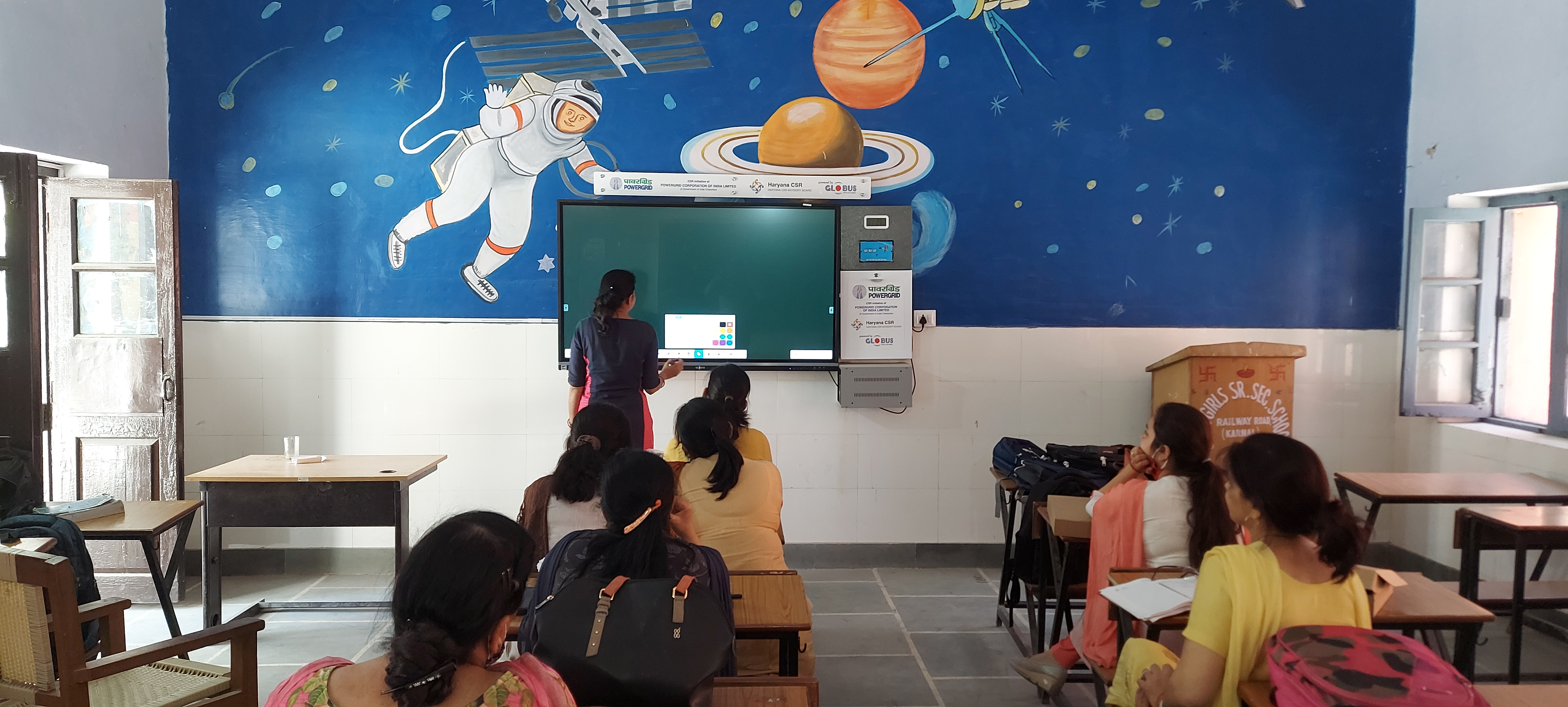
- Reviews
-
Default welcome msg!

